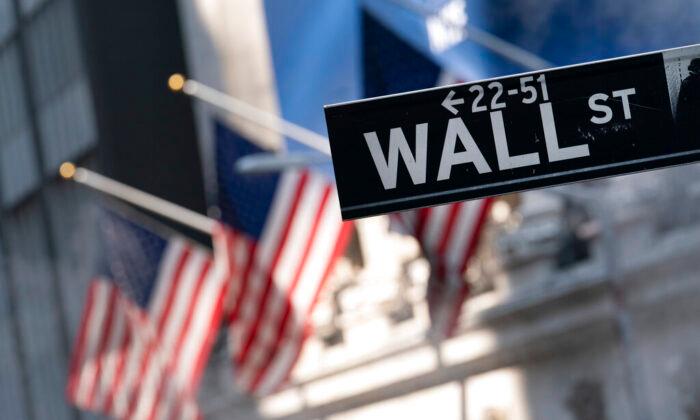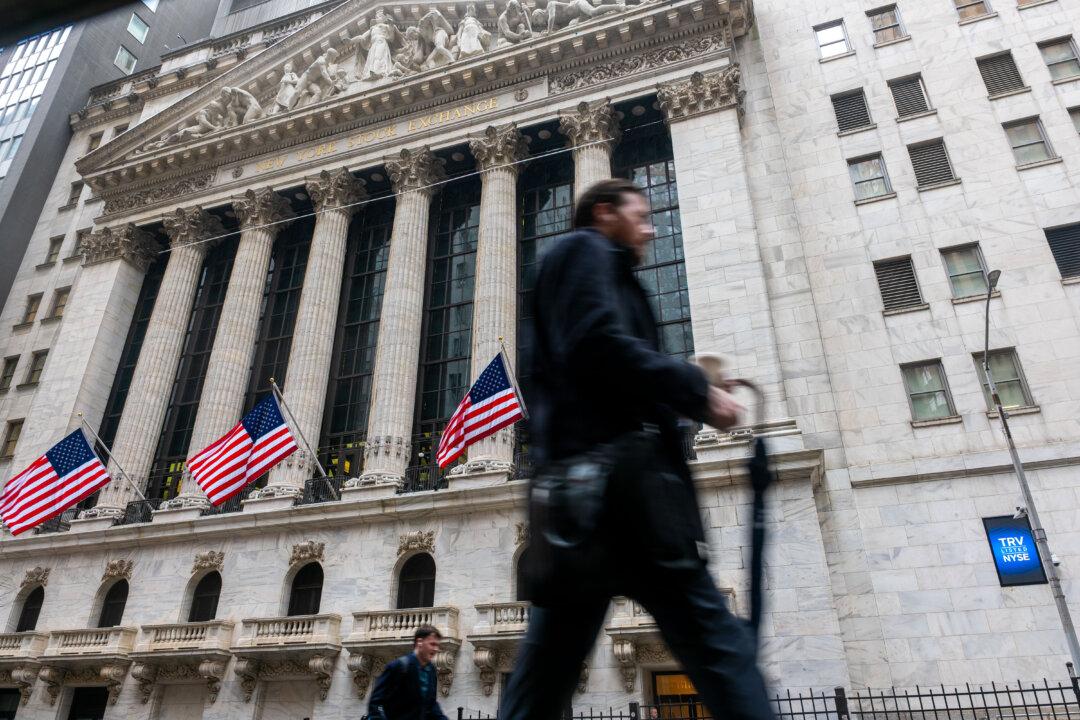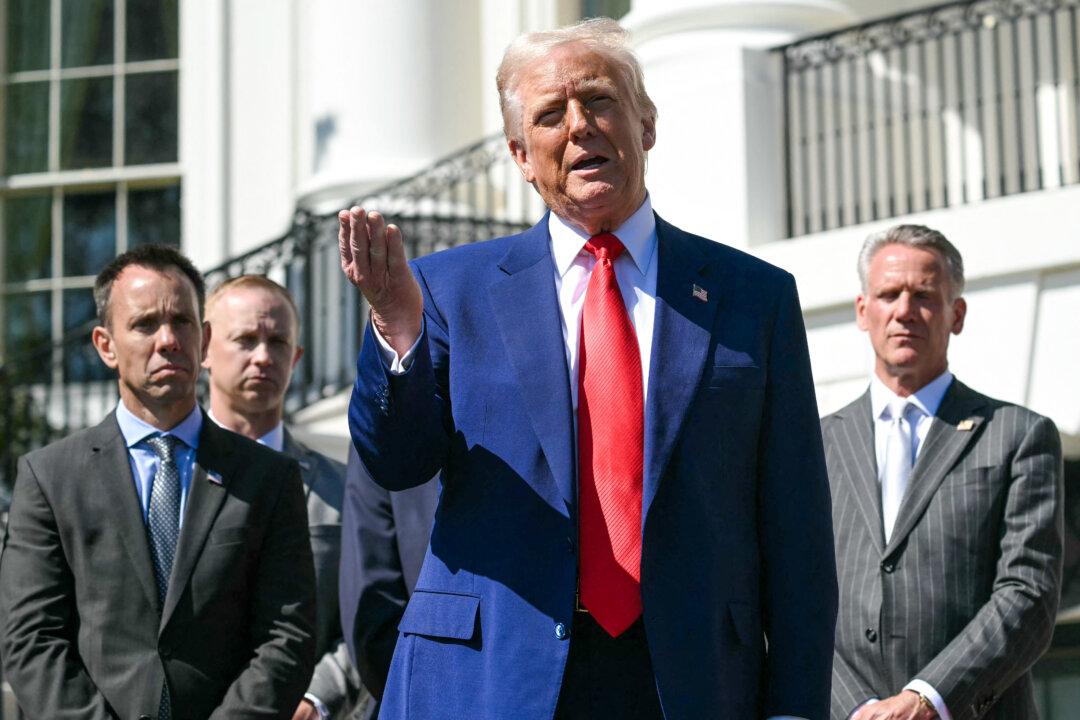The Labor Department announced on Sept. 9 that the number of American workers who filed for unemployment last week hit a new pandemic-era low, giving an immediate upward jolt to risk assets such as stocks and cryptocurrencies, followed by pullbacks as investors mulled mixed signals around the state of the economy.
“With another significant move lower, new jobless claims have reached a fresh pandemic-era low, seemingly on the verge of finally pushing below the 300,000 level,” Bankrate senior economic analyst Mark Hamrick told The Epoch Times in an emailed statement.
All three main Wall Street stock indexes surged higher on publication of the jobless claims figures, as did bitcoin and other cryptocurrencies such as ethereum, while gold and bonds retreated—all pointing to risk-on sentiment. The Labor Department’s weekly jobless claims release has often served as a catalyst for market moves.
Initial jobless filings have, for the most part, fallen steadily since surging to a record high of 6.2 million in April 2020, though they remain well below the pre-pandemic weekly average of around 220,000.
Continuing claims, which run a week behind the headline number and represent people continuing to collect benefits after earlier filing an initial claim, fell by 22,000 to 2,783,000, also a pandemic-era low.
“The coming weeks will produce some noisy data challenging interpretation and understanding, as impacts of Ida including flooding, the end of federal pandemic unemployment benefits, the still-raging COVID pandemic and supply constraints muddle the picture while posing headwinds for the economy,” Hamrick wrote.
While market moves showed that investors viewed today’s unemployment data as a good sign, recent weeks have brought inconsistent signals. Last week, the Labor Department’s closely watched non-farm payrolls report showed American employers created a paltry 235,000 jobs in August, about a third the number expected, and sparked speculation that the weak figures would prompt the Federal Reserve to delay withdrawing stimulus.
Fed officials have repeatedly said they need to see significant improvement in the labor market before rolling back the crisis support measures for the economy. While discussions about interest rate hikes are still far off, policymakers have been debating the timing of tapering the Fed’s $120 billion in monthly purchases of bonds and mortgage-backed securities. While tapering is expected to start this year, the timing of the announcement, as well as the pace of the wind-down hasn’t yet been settled.
“There is plenty of demand for workers and there are more job openings than there are unemployed workers,” Bullard told the Financial Times. “If we can get the workers matched up and bring the pandemic under better control, it certainly looks like we’ll have a very strong labor market going into next year.”





